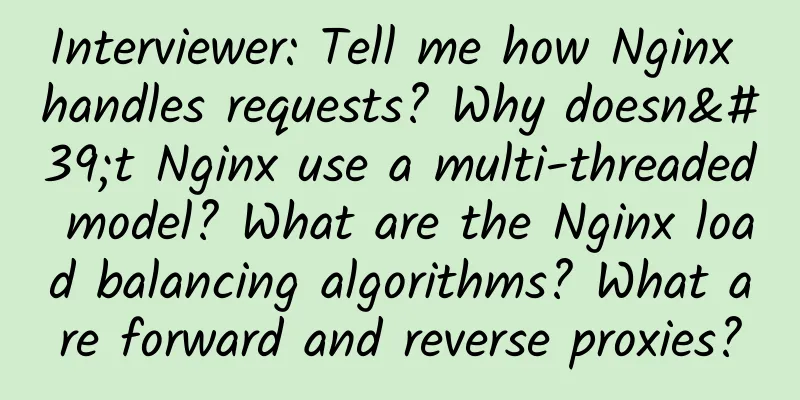How much do you know about Zigbee wireless connection?

|
Zigbee has a wide range of applications and can operate in three frequency bands: 2.4 GHz, 868 MHz, and 915 MHz. It has transmission rates of up to 250 kbit/s, 20 kbit/s, and 40 kbit/s, respectively. It can be used within a transmission distance range of 10-75 m, but this can be increased. Since Zigbee has a low transmission rate, a transmission power of only 1mW, and uses a sleep mode with low power consumption, Zigbee devices are very energy-efficient. It is estimated that a Zigbee device can last for 6 months to 2 years with only two AA batteries, which is far beyond the reach of other wireless devices. The initial cost of a Zigbee module is around $6, and it is estimated that it will soon drop to $1.5-2.5, and the Zigbee protocol is free of patent fees. Low cost is also a key factor for Zigbee.
The size of the Zigbee protocol is generally 4-32KB, while Bluetooth and Wi-Fi are generally over 100KB. The communication delay and the delay from sleep state activation are very short, with a typical search device delay of 30ms, a sleep activation delay of 15ms, and an active device channel access delay of 15ms. Therefore, Zigbee technology is suitable for wireless control applications with strict latency requirements. A star-shaped Zigbee network can accommodate up to 254 slave devices and one master device. A maximum of 100 Zigbee networks can exist in one area at the same time, and the network composition is flexible. And there can be up to 65,000 nodes connected in one network. Zigbee can automatically establish the network it wants. A collision avoidance strategy is adopted, and dedicated time slots are reserved for communication services that require fixed bandwidth, avoiding competition and conflicts in sending data. The MAC layer adopts a fully confirmed data transmission mode, and each data packet sent must wait for the receiver's confirmation information. If there is a problem during the transmission process, it can be retransmitted. A data packet integrity check function based on cyclic redundancy check (CRC) is provided, authentication and certification are supported, and the AES-128 encryption algorithm is adopted. Each application can flexibly determine its security attributes. |
<<: In the "5G era", a large number of "unicorn" companies will emerge to seize the opportunity
>>: How to ensure the reliability and number of nodes in CAN network communication
Recommend
Baidu responds to real-name registration: Implementation in accordance with regulations will not affect search
Recently, Baidu Netdisk released an announcement,...
A brief talk about link aggregation, have you learned it?
Speaking of airport expressways, people often use...
The third phase of bidding for 5G main equipment has seen an increase in quantity and a decrease in price. China's 5G construction has shown three major changes
The results of the bidding for 5G wireless main e...
Wu Hequan: IPv6+ is an important tool for the third phase of large-scale deployment of IPv6
[[423701]] The large-scale deployment of IPv6 in ...
China Telecom and Huawei establish a joint business innovation center to achieve win-win business through innovative cooperation models
China Telecom and Huawei jointly announced the es...
Learn how to use IPv6 to surf the Internet in five minutes
1. Introduction to IPv6 As the technical foundati...
Network: A friend is interviewing about TCP/IP. Go back and wait for notification.
[[355117]] This article is reprinted from the WeC...
4G is already fast enough, why do we need 5G?
Whether it is the development of the Internet or ...
A brief discussion on processes, threads, and the choice between multithreading and multiprocessing
My understanding is that a process refers to an a...
Appreciation of 21 foreign website 404 page designs
Whenever a "404 error" appears when bro...
"Intelligent Ecosystem to Open the Future with Data" ——2021 China Digital Ecosystem Heroes Conference was grandly held
On May 8, the "2021 China Digital Ecosystem ...
Why migrate to UCaaS? The reasons are many and obvious
[[395094]] Research shows that the future of ente...
How to force close TCP connection in Go
[[425673]] This article is reprinted from the WeC...
Detailed explanation of the "three-way handshake" and "four-way wave" of TCP connection
1. TCP connection In the process of sending and r...
[5.1] Megalayer limited time sale, E3-1230/8G US & Hong Kong server starting from 199 yuan/month
Megalayer has launched a limited-time flash sale ...









